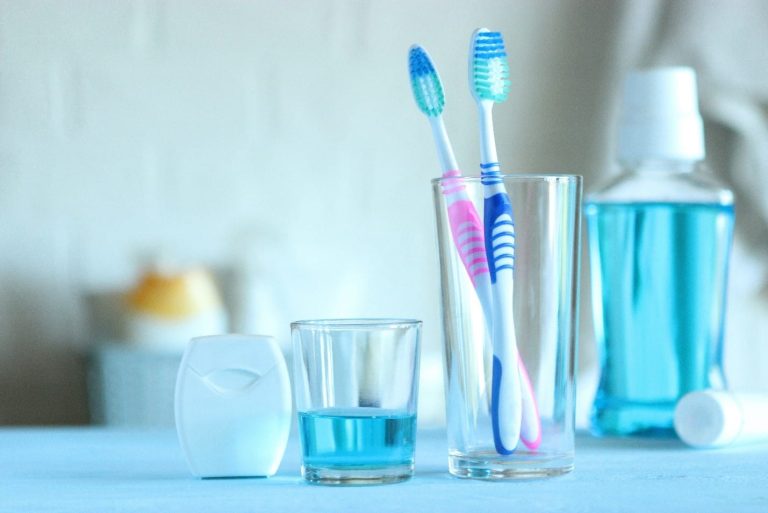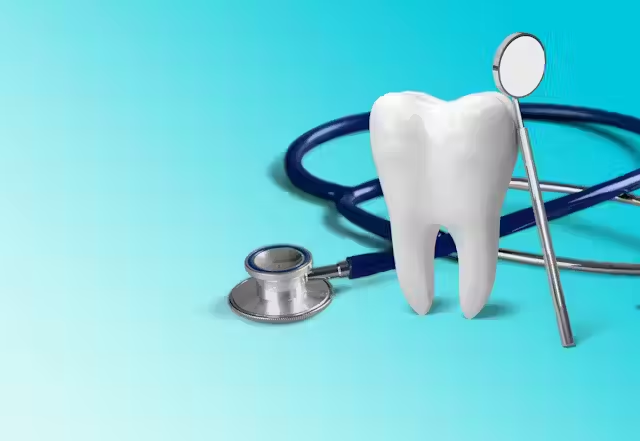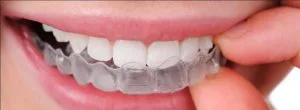Are Dental Sealants Worth It? Protecting Your Child’s Teeth
Let’s dive into a topic that could seriously benefit your kiddo’s smile: dental sealants. As parents, you’re always on the lookout for ways to ensure your children’s well-being, and when it comes to dental health, sealants act as a silent guardian, protecting those pearly whites from cavity invaders.

What are Dental Sealants?
So, what exactly are dental sealants? Picture them as a protective shield for your child’s teeth. They consist of a thin, plastic coating that dentists or hygienists apply to the chewing surfaces of the back teeth, specifically the molars and premolars. These back teeth have natural crevices ideal for trapping food and bacteria. Even with consistent brushing and flossing, reaching every nook and cranny can be challenging.
Sealants step in to address this issue. They form a bond with the depressions and grooves, creating a seamless, protective layer over the enamel. Think of it as smoothing out a rough surface, leaving nowhere for debris to hide.
The Cavity-Fighting Power of Sealants
Why go to the trouble? Sealants are incredibly effective at preventing cavities. Studies indicate they can decrease the likelihood of cavities in children’s molars by almost 80%! This represents a major victory in combating tooth decay. By establishing a barrier, sealants prevent bacteria and food particles from lodging in those difficult-to-reach areas. Less buildup translates to less decay—it’s that simple.
Who benefits most from sealants? Typically, it’s children and teenagers. Dentists often suggest applying sealants as soon as permanent molars and premolars emerge, usually between the ages of 6 and 14, when children are most susceptible to cavities. However, adults without existing decay or fillings in their molars can also take advantage of sealants.
Sealant Application: Quick, Easy, and Painless
Concerned about the procedure? There’s no need to be! Getting sealants is a breeze, taking only a few minutes per tooth. Here’s a general overview of the process:
- Cleaning: The teeth undergo a thorough cleaning.
- Drying: Each tooth is dried, and cotton is used to maintain dryness.
- Etching: An acidic solution is applied to the chewing surfaces to create a rough texture, which enhances the sealant’s bonding.
- Rinsing and Drying: The teeth are rinsed and dried once more.
- Sealant Time: The sealant is then applied to the enamel, where it bonds and hardens. A special light may be used to expedite the hardening.
The procedure is painless, allowing your child to resume their activities immediately afterward.
Are Sealants Safe?
Safety is always a primary concern for parents. Rest assured, dental sealants have a long history of safe and effective use. The materials used are BPA-free, and exposure is minimal. If you have specific concerns, discussing them with your dentist can provide reassurance.
The Financial Angle: Sealants vs. Fillings
Now, let’s discuss the financial aspect. While sealants might seem like an additional expense, they offer a cost-effective means of safeguarding your child’s teeth. Consider the long term: would you prefer to invest a bit now in sealants or potentially face significant expenses later for fillings, root canals, or even extractions?
Many insurance providers offer coverage for sealants, particularly for younger patients. It’s advisable to consult with your dental insurance carrier to understand the specifics of your plan.
How Long Do Sealants Last?
Sealants provide lasting protection, shielding teeth from decay for up to a decade. However, they require regular check-ups at dental appointments to ensure they remain intact and haven’t chipped or worn away. If necessary, your dentist can reapply sealants to maintain optimal protection.
So, are dental sealants a worthwhile investment? Absolutely. They offer a secure, efficient, and reasonably priced approach to bolstering your child’s teeth against cavities. Consult with your dentist to determine if sealants are a suitable option for your family. This simple measure can significantly contribute to maintaining bright, healthy smiles for years to come.
conclusion
Dental sealants are an excellent investment in your child’s oral health, providing a simple yet effective way to prevent tooth decay and cavities. By applying a thin plastic coating to the chewing surfaces of molars and premolars, sealants create a protective barrier that keeps harmful bacteria and food particles at bay. This proactive measure is particularly crucial for children, who are often more susceptible to cavities due to their developing oral hygiene habits.
The benefits of dental sealants extend beyond just cavity prevention. They are safe, painless, and can last for many years with proper care. The application process is quick, allowing children to return to their normal activities almost immediately. Furthermore, sealants can significantly reduce the need for more invasive and costly dental treatments in the future, making them a cost-effective solution for parents.
Addressing concerns about safety, dental sealants have been proven to be safe for use in children. The materials used are BPA-free, and the procedure involves minimal discomfort. Regular dental check-ups will ensure that the sealants remain intact and effective over time.
In conclusion, dental sealants represent a smart choice for parents looking to safeguard their children’s dental health. They not only help prevent cavities but also foster good oral hygiene habits that can last a lifetime. If you’re considering sealants for your child, consult with your dentist to explore this valuable preventive option. By taking this step, you can help ensure your child maintains a healthy smile for years to come.
FAQs
What are dental sealants?
Dental sealants are thin, plastic coatings applied to the chewing surfaces of back teeth (molars and premolars) to protect against decay.
How do sealants protect teeth?
They create a smooth, protective barrier over the enamel, preventing food and bacteria from getting trapped in the grooves and pits of teeth.
How effective are sealants in preventing cavities?
Studies show sealants can decrease the likelihood of cavities in children’s molars by almost 80%.
Who should get dental sealants?
Typically, dentists recommend sealants for children and teenagers as soon as their permanent molars and premolars erupt, usually between 6 and 14 years old. Adults without decay or fillings in their molars can also benefit.
Is the sealant application process painful?
No, the application is painless. It involves cleaning, drying, etching, rinsing, and then applying the sealant to the tooth surface.
How long does it take to apply sealants?
The process is quick, usually taking only a few minutes per tooth.
Are dental sealants safe for children?
Yes, dental sealants have a long history of safe and effective use. The materials are BPA-free, and exposure is minimal.
Are sealants expensive?
Sealants are a cost-effective way to prevent future dental problems like fillings, root canals, or extractions. Many insurance plans cover sealants, especially for younger patients.
How long do dental sealants last?
Sealants can last up to 10 years with proper care and regular dental check-ups.
How do I know if sealants need to be reapplied?
Your dentist will check the condition of the sealants during regular dental appointments and reapply them if they are chipped or worn away.







